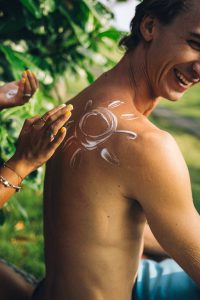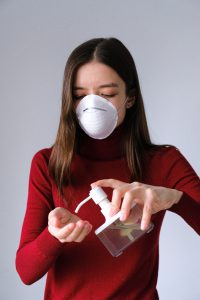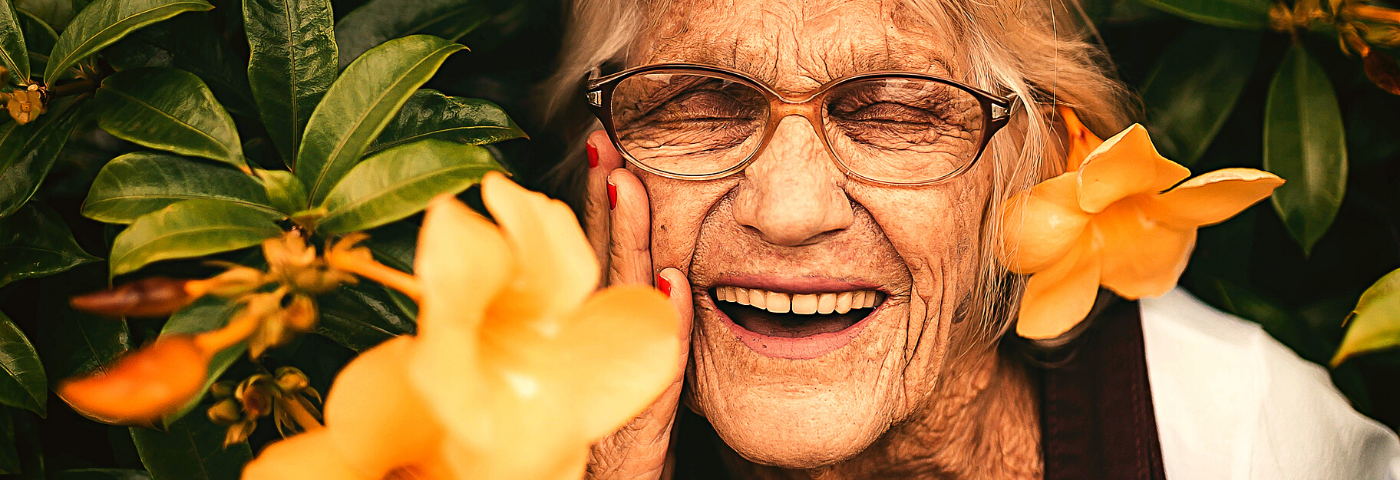In this month’s article, I want to introduce you to a trend that is becoming very relevant for the future of beauty and cosmetics: Pre-Ageing. In a 2017 publication by Ars Pharmaceutica, Francisco José González from the University of Seville takes a very interesting journey into what could be the origin of cosmetics. He indicates that at some point Homo Sapiens observed its reflection in crystalline waters of a lagoon in Africa, became aware of themselves and, consequently, aware of beauty. Since the beginning of humanity, there has been a tendency to externally modify the aspect that has always been related to social success, war and love codes, and the reinforcement of self-esteem.
A trend is defined as the direction in which a market can move for a certain period of time. Trends are currents of change that are born, evolve and die. The concept of beauty has changed and evolved over the centuries and will continue to do so, generating different trends that depend on cultural, social, environmental, scientific and even religious traditions in some cases.
Ancient civilizations such as the Babylonian, Egyptian, Greek, and Roman used something similar to today’s soap to clean and care for their skin. The Egyptians, for example, used a soapy paste of ash and clay mixed with natural oils as an exclusive product for the upper classes of society.

González cites in his article that after World War I, the athletic look became fashionable for the first time, and with its dark eyes, red lipstick, red nail polish and tan, a fashion statement made by Coco Chanel, as a counterpoint to the age-old custom of keeping the skin pale. In 1935 in Europe, the International Commission on Illumination (ICI) published curves showing the effect of radiant energy of different wavelengths on the production of erythema and in 1936, in France, the chemist E. Scieller commercialized the first sunscreen. It was an amber preparation, based on benzoyl salicylate. Meanwhile, in the United States, between 1939 and 1942 the work of several scientists proved that the sun’s rays are responsible for burns. In 1943 the first sun-blocking formulation was launched in Australia and in 1956 the concept of SPF was developed in Germany. The postwar era motivated the global use of cosmetic products. The rise of Hollywood and colour TV were triggers. All these scientific advances allowed us to understand the role of solar radiation in ageing processes. In 1987 the combination of sunscreens with moisturizing, anti-wrinkle and anti-free radicals was born, giving rise to the Anti-Ageing concept in cosmetics. During the ’90s, 2000 and 2010 we saw a spectacular boom in technologies and the discovery of molecular and biochemical markers related to the concepts of Anti-Ageing. The cosmetics had very important advances thanks to this.
In the mid-2010s, we began to see a new movement based on a different approach to ageing and a powerful consumer insight: “When women compete to stay young, we are faced with our own lack of power.” as published by Vogue in an issue of that time. Penelope Cruz once said: “my grandmothers had many wrinkles and each one told a story”. We then began to see publications about how women no longer wanted to erase the wrinkles from their faces, nor a smooth skin in which all their experiences were blurred. In 2017 Allure magazine declared the end of the term Anti-Ageing, which generated a wave of support in the industry and we saw how new technologies and benefits were in favour of Pro-Ageing. Pro is a prefix that means “in favour of” and being in favour of the passage of time implies making it our ally.
The first person to coin the term Pro-Ageing was Aubrey de Gray, an English biomedical gerontologist and author of well-known works such as The Mitochondrial Free Radical Theory of Aging. Unlike Anti-Ageing, which generally seeks to slow down ageing, the main objective of Pro-Ageing is related to “positive ageing”, which focuses on accepting the reality about how chronological and biological factors affect us and treat skin to feel good during all stages of life. Therefore, we can say that Pro-Ageing is related to our being free and feeling good about our skin, with its process and with our desire to take care of ourselves, without the need to accept certain rules for having reached a certain age.

At the present moment, we have witnessed how the pandemic is generating new trends in beauty and cosmetics. As consumers, we will never be the same again. We want to improve the world for our own good and for humanity. Euromonitor published the top 10 consumer trends this year and we see how consumption begins to be more thoughtful while resilience and adaptability are its main driving forces. The consumer is obsessed with the new reality, so priorities have shifted towards safety, hygiene and prevention. When we talk about prevention, the new way we live is influencing us to better understand the effects of hygiene and excessive disinfection on the skin, overexposure to blue light, long periods of quarantine and low social contact. The consumer is identifying the need to prevent these effects. For these reasons, the pandemic is generating a new trend: Pre-Ageing.
The ’80s: Anti-Ageing → 2017: Pro-Ageing → 2021: Pre-Ageing
The next pandemic: The next pandemic is dermatological problems in the hands due to excessive cleaning. For this reason, we are seeing very exciting technology launches that help reduce and counteract skin damage and restore the microbiome balance in the skin of the hands. Also new effective and gentler cleaning systems. Formulations with the claim microbiome friendly are beginning to become a trend.
Maskne: Acne generated by the use of masks is one of the great challenges in cosmetics… how can we avoid it?
Blue light: With regard to blue light, we are seeing new molecules with more comprehensive mechanisms that help to block the effects of this radiation on the skin and also new materials that help to block these rays.
Chemistry of emotions: The stress produced by the pandemic, infections and economic and social problems are also showing up in the quality of the skin and consumers are beginning to be aware of this. The chemistry of mood and emotions is becoming very relevant in cosmetics. We are seeing new scientific publications related to the role played by hormones and neuro-transmitters in the ageing processes of the skin. Cortisol and the mechanisms to avoid its effects on the skin are still in trend and we also see new discoveries related to serotonin, oxytocin, norepinephrine, histamine, acetylcholine, dopamine and B-endorphins. We are also looking at cosmetic mechanisms related to the skin benefits of meditation, yoga, and exercise. Laughter is one of the next cosmetic targets, because by better understanding the biochemistry of laughter, we will see mechanisms for skincare under the laugh-like concept.
Zoom & Teams beauty: The upper third of the face is the new area of interest. We want to look perfect in all our Zoom and Teams meetings. Many facials are targeting the cheek-up area.
Male skinfluencers: We are witnessing an increase in male influencers specialized in skincare on social media, who proudly display their shelves full of different cosmetics while sharing fun routines for different skin types. Grooming reinvents itself!

Online dermatologists: Online dermatology is one of the great developments of this year. For example, the Skin + Me portal is a new website run by dermatologists, offering personalized skincare through initial analysis.
Pre greying: We are seeing a boom in technology that prevents grey hair from forming. This claim begins to gain popularity since people have more time at home to do the treatment properly.c
Pre in Nails: We see spa treatments specialized in cuticle treatment, oils that are applied to improve the healthy growth of the nails and prevent their deterioration, and enamels with vitamins and fewer solvents, among other innovations.
Skinimalism: Currently many consumers going down several steps in their skincare routine. On the one hand, many people have much less money available as a result of the post-Covid economic downturn and there is also an increased awareness of the impacts that the beauty industry can have on the environment.
Contactless beauty: Non-contact treatments will reign supreme and are becoming increasingly popular. Clinics and specialized centres are adapting their treatments to meet the new need.
PRE-AGEING = PREVENTION OF AGEING. This is a great innovation opportunity for cosmetics since consumers want to prevent contagion and also prevent the effects of the pandemic on their skin. The main learning of the coronavirus is prevention, having our skin and body prepared, strengthening and taking care of them, that will help us face the new challenges that come in the future. The great trend worldwide is prevention and beauty cannot be left behind.
More articles on marketing trends? Read more from John Jimenez:
Biohacking and the new trends in cosmetics
What are the latest Vegan Beauty trends and why are they on the rise?

